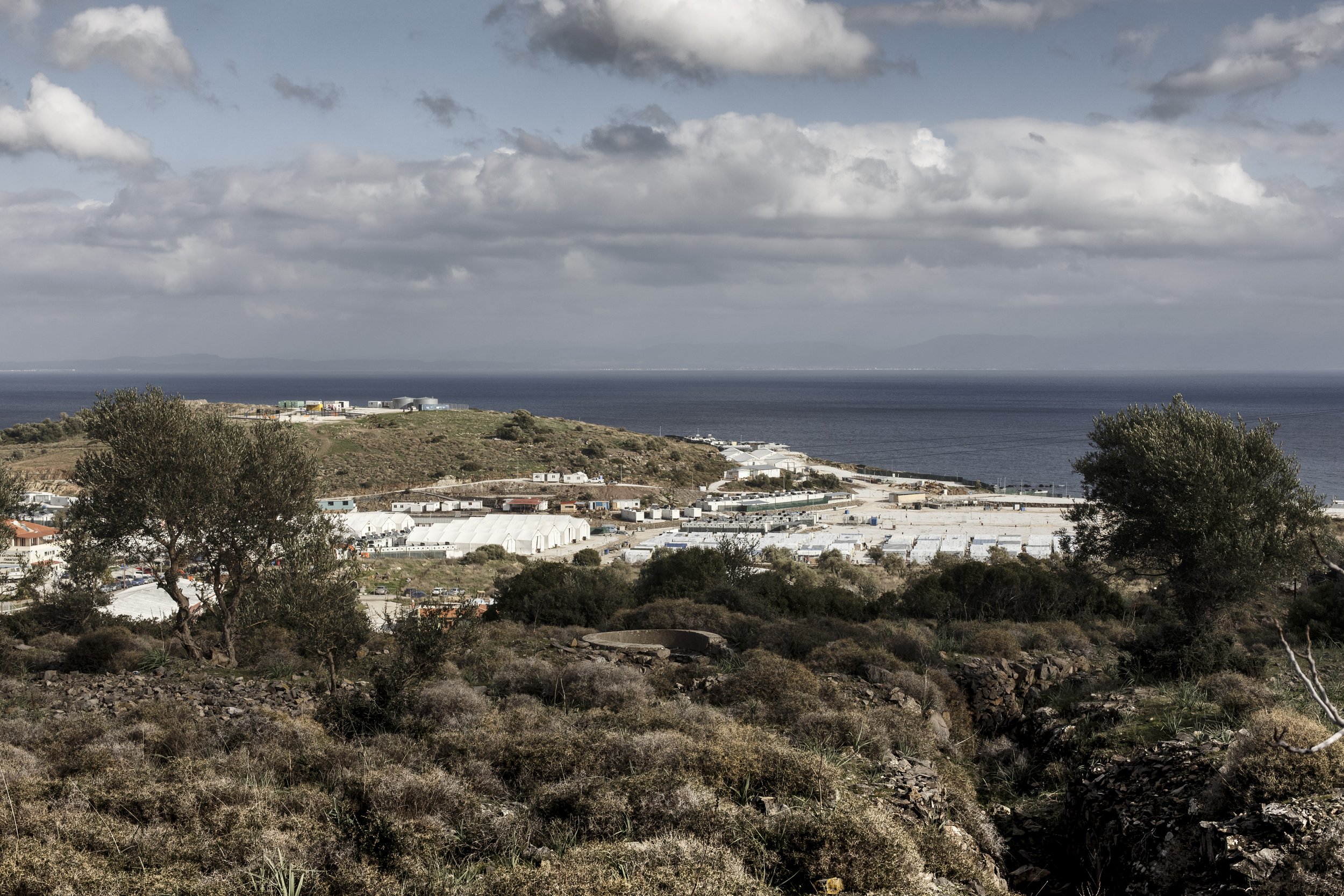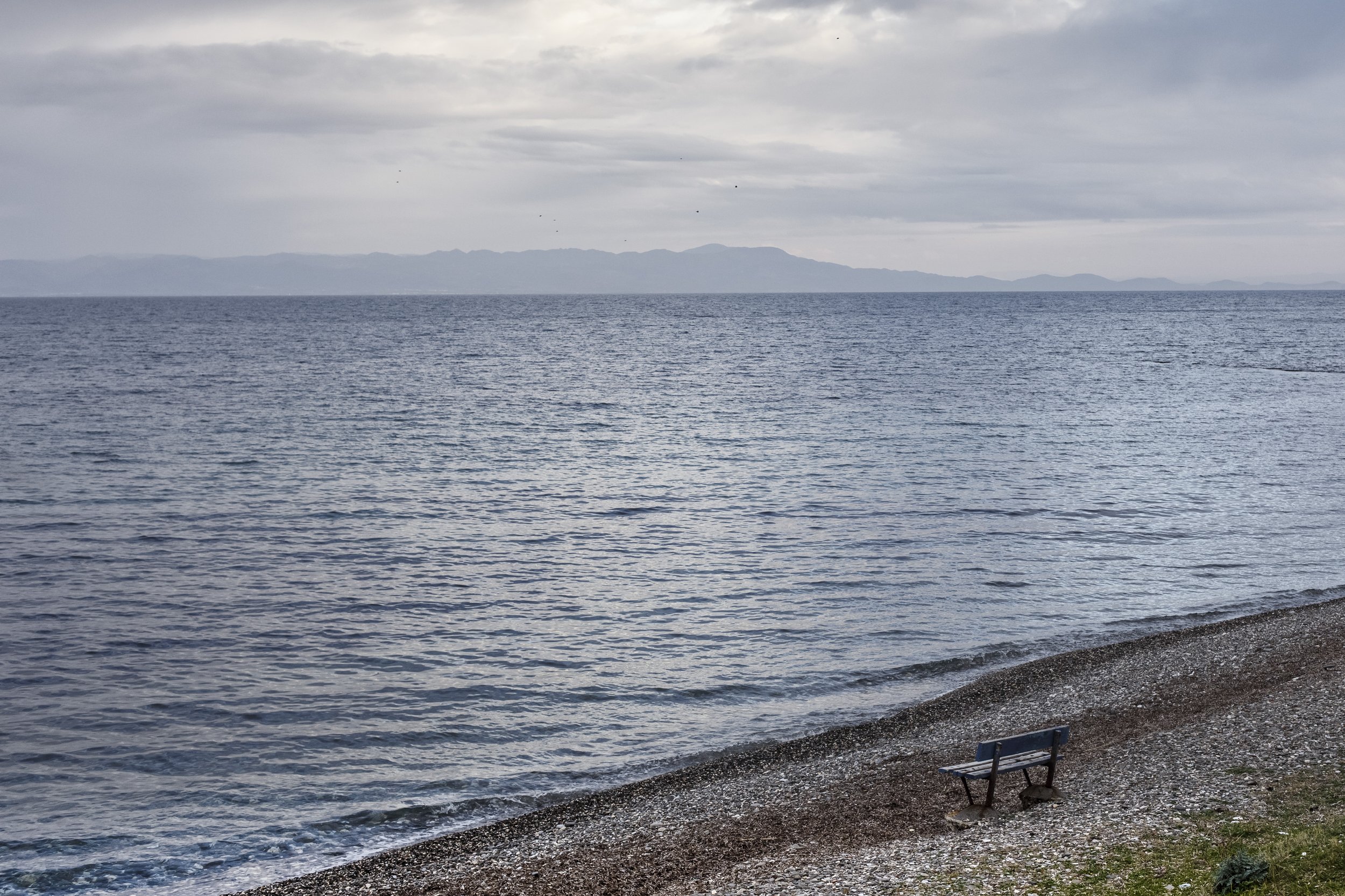














Lesbos, Greece, January 2022
With the refugee camp of Moria, the largest in the old continent, the island of Lesbos has for a long time shown the face of the failure of the EU migration policy. Of the 20 thousand people that the camp has come to host, "only" 2 thousand remain on the island, but the problems linked to their reception are still far from being solved.
For years it has represented the busiest entry point into the European Union, with hundreds of thousands of refugees from the Middle East who have landed here, waiting for a pass to Europe.
With the refugee camp of Moria, the largest in the old continent, the island of Lesbos showed for a long time the face of the failure of the EU migration policy: heavily overcrowded, over the years it has come to crowd up to 20 thousand people, who lived there in absolutely precarious conditions. “It got worse from month to month. It had become a jungle, with no rules. Sometimes when I think about it I say to myself: did it really exist? Was it really possible that twenty thousand people could live in tiny tents in the mud, all crammed on a hill? ", Says Nicolien Kegels who has been working on the island since 2016.
That camp was set on fire in September 2020 (young Afghans were accused of the stake), and the migrants forced to live there were relocated almost all to the large reception camps of Athens and Thessaloniki.
There are just over 2 thousand left on the island. A new center has been set up for them, a few kilometers north of Mytilene, the capital of the island: the Kara Tepe, Mavrovouni or Moria2.0 camp. They call it in various ways. "Now at least you don't risk being stabbed just to go to the bathroom - says Mohamed - there is more security, but it has become like a prison, we can't go out whenever we want".